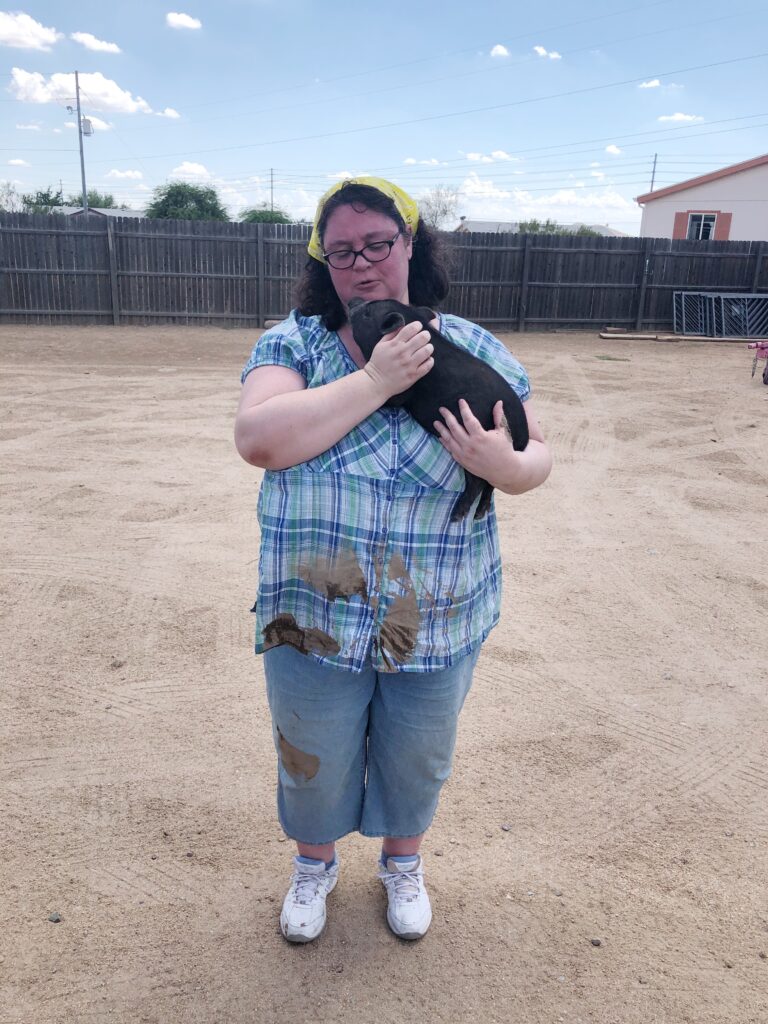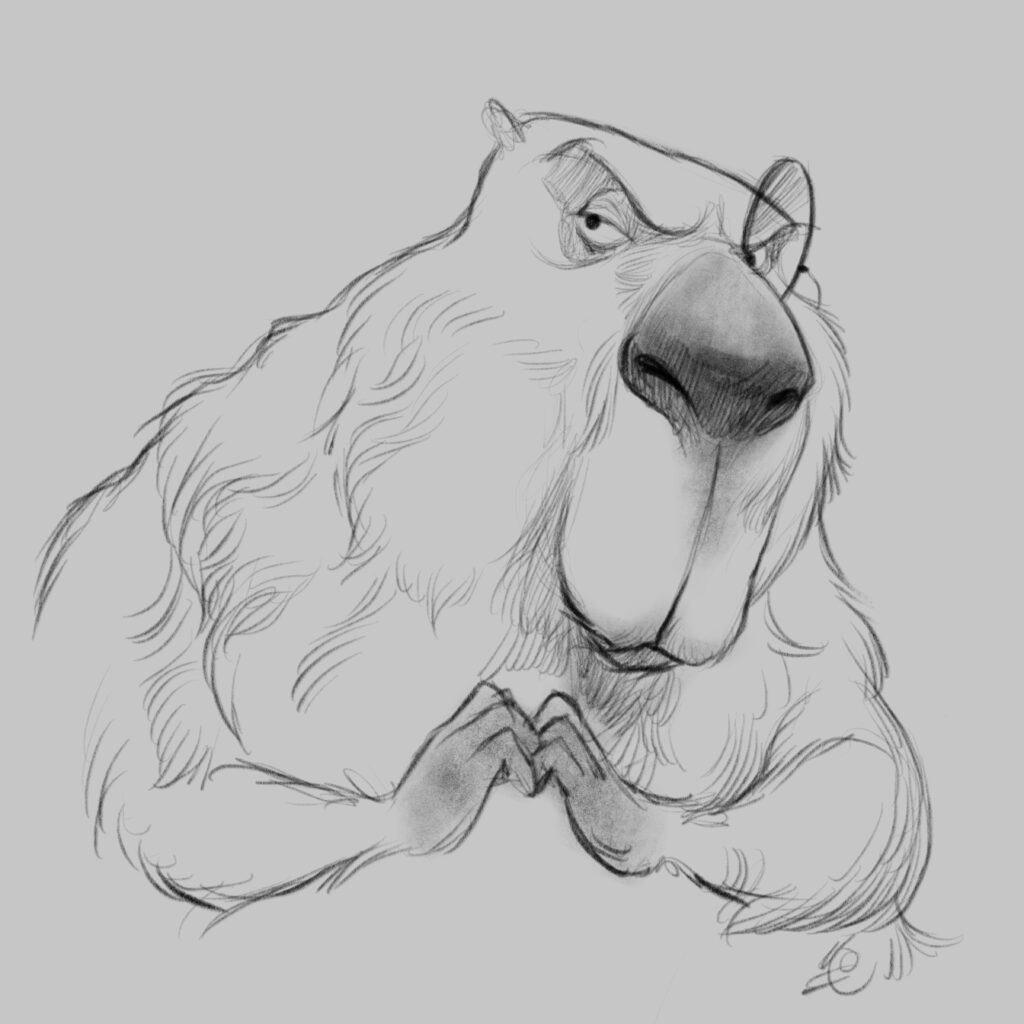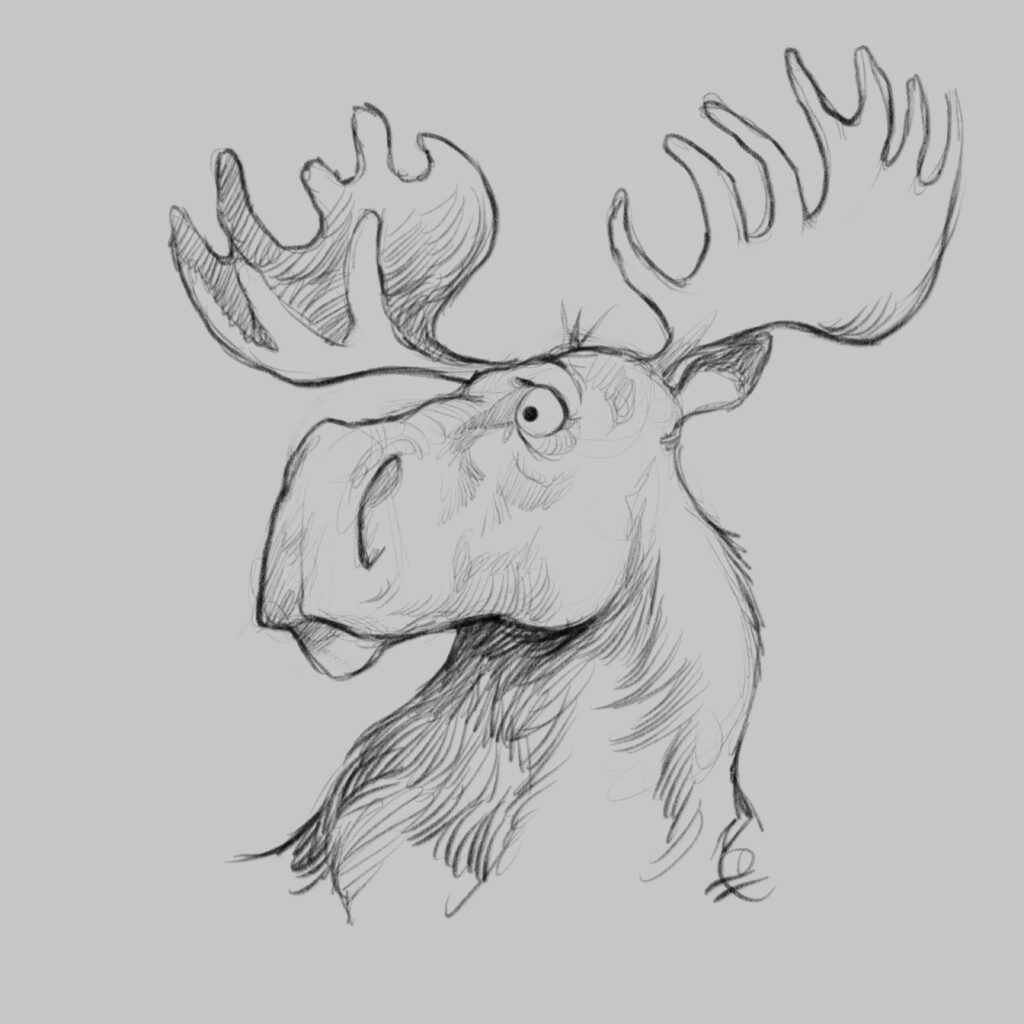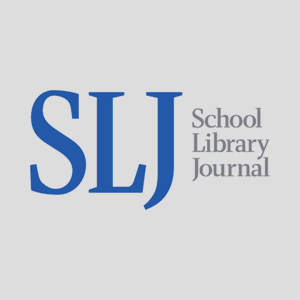Creativity On the Wild Side: Writing Animal Point-of-View, a guest post by PJ Gardner

My career is all E.B. White’s fault. If he hadn’t written Charlotte’s Web I would probably be an accountant right now instead of a children’s author. Then again it could be my third-grade teacher’s fault. She was the one who supplied all of us with library copies of the book so we could follow along as she read it aloud. I remember being so anxious to know if Wilbur would be saved that I forced my abuela to buy me a copy so I could read ahead. I cried my eyes out when I reached the end—which is a big deal because I’m a huge arachnophobe.
Although, when I think about it my connection to animal stories started even earlier with Little Bear and Frog and Toad. Those were the first books I read by myself and I adored them. In fact, I still have them.
ADVERTISEMENT
ADVERTISEMENT
So, I guess E.B. White and Mrs. Hill are off the hook.

Wherever it started, my love for animal tales continues today. I love watching videos from The Dodo and Animal Planet. I notice how the critters play or misbehave, imagine what they’re thinking, and then inventing a story around it. This is how I gained my super power.
I can tell if an animal is a villain, hero, or sidekick. Don’t believe me? Just watch.
Capybara? One hundred percent villain. No one—animal or human—could look that calm and not be plotting something evil.
River Otter? You guessed it—hero. A totally adorable hero, who always looks like she’s disgruntled, but knows how to take charge in a crisis.
Moose? Now this one might surprise folks. Moose are sidekicks. Dangerous ones who can run on water and dive twenty feet below the surface, but sidekicks nonetheless.
Now I hear you asking, “PJ, do I have to have this superpower in order to write animal POV?” The answer to that is no. All you have to do is follow these handy dandy steps and soon you’ll be creating your own animal adventures.
Step One: Observe
To paraphrase the wise Carl Speckler from Caddyshack, in order to write the animal, you have to learn to think like an animal. And whenever possible, to look like one. You’ve gotta get inside the critter’s pelt and crawl around for a few days.
To this end, I recommend going to a dog park or visiting the zoo. And of course, you absolutely must watch countless hours of animal videos on the internet. The key is to study behavior. Get a sense of personalities and group dynamics.
Before writing Horace & Bunwinkle, I spent time at a pig rescue learning more about the realities of having one as a pet. Those visits changed a number of plot and character points, and led me to include an author’s note at the end of the book.

Step Two: Research
It’s critical to learn all you can about the animals you want to write. Young readers, and quite a number of older ones, for that matter, tend to assume that if it’s in a book, it’s true. And you don’t want to jeopardize either a child’s safety or an animal’s.
Let me give you an example. The first draft of Horace & Bunwinkle: The Case of the Rascally Raccoon featured a scene where Bunwinkle, the potbelly piglet, ate some coffee grounds and then got super hyper. Comedic hijinks ensued. But when I got notes back from my editor, she pointed out that coffee grounds are toxic to pigs. I was floored. I’d gotten so excited about the humor of the scene that I hadn’t bothered to check if what I’d written was safe. What if a reader thought that was okay and let their pig have some? That could have done serious harm. I upped my research after that.
Step Three: Get Real
Don’t be afraid to tackle serious issues. With climate change, animals face a myriad of threats to their environments and habitats. Telling those stories through the lens of the ones going through them help to create empathy and, hopefully, a desire to enact change. Think of books like A Wolf Called Wander or A Whale of the Wild by Rosanne Parry.
Environmental topics aren’t the only thing you can write about, either. The animals in your stories can have human experiences. Moving, friendship break ups, parents divorcing, these are all things your critter characters can deal with. They don’t even have to be the central theme of the novel. They can simply be part of the character’s emotional arc. This is one of the benefits of animal POV, it creates a bit of emotional distance so that children feel safer discussing hard things.

Step Four: Be Creative
Let your imagination run wild. A graphic novel about raccoons in outer space? Go for it! A mystery featuring sky elephants? You bet! A fantasy about an evil capybara bent on destroying a kingdom of river otters? Sounds like something kids would LOVE to read. In fact, I’m calling dibs on these stories right now.
There’s really no limit to what you can write with animals leading the way.
Okay, that’s not entirely true. There are certain limitations—chief among them is thumbs. Most animals don’t have them and that can become a problem. I can’t tell you the number of times I’ve had to get inventive. There’s a whole scene in Horace & Bunwinkle: The Case of the Rascally Raccoon centered around how the pet-tectives are going to open the pet door. It’s a funny moment, but it took some serious consideration to figure out the details.
Now, writing animal POV isn’t all puppy breath and kitten kisses. There are definitely some challenges. (Remember what I said about thumbs?) But for the most part it’s a delight. Personally, I love it and I hope you’ll consider trying it.
Meet the author and illustrator

PJ Gardner has never met a talking animal, but that hasn’t stopped her from writing about them. She’s the author of the middle grade Horace & Bunwinkle series and her next book, The Great Zoodini comes out in early 2024. She lives in Southern California with her husband and sons, and their Boston Terriers, Rosie and Rocky. She also writes under the name PJ Switzer.
Website: https://www.pjgardnerswitzer.com
Social Media
Instagram: @pjgardnerswitzer
Twitter: @switzerpj
Facebook:PJ Gardner Switzer
Dave Mottram has always loved drawing animals. Even before grade school, Dave spent hours drawing and dreaming of being an artist. Not much has changed. He’s now a full-time illustrator living in Ohio, and some of his recent books include Wordy Birdy and Mighty Tug. He paints traditionally and digitally with color and layers that create a sophisticated style that is both childlike and appealing for adults. Dave enjoys family adventures with his wife, daughter, and Gracie, the black lab.
About Horace & Bunwinkle: The Case of the Fishy Faire
The final book in a young middle grade mystery-adventure series about Horace, an anxious Boston Terrier, and Bunwinkle, an exuberant potbellied pig, who team up to solve crimes in their barnyard and neighborhood.
ADVERTISEMENT
ADVERTISEMENT
In this third mystery, the pet-tective duo must solve a series of crimes at the local Renaissance Faire. Perfect for fans of Mercy Watson, The Trouble with Chickens, and A Boy Called Bat.
Life is never quiet at the Homestead. First, it was disappearing animals, then a power-hungry dairy queen. Now it’s a Renaissance Faire, a noisy, stinky spectacle that drives Horace to distraction. Bunwinkle, on the other hand, can’t get enough of the festivities—she loves the thrilling jousts, the court intrigue…and especially the pickles on a stick.
But when Eleanor and Clary’s ice cream buckets are stolen, and several of the food stalls are vandalized, it’s clear that there’s something fishy going on at the faire. And suddenly the pet-tectives find themselves with a new case on their hands.
One thing’s for certain: There’s no shortage of suspects. From Wendell, the nosy vegetable vendor, to Dean, the alpaca farmer who’s been getting a bit too close to Eleanor, to Uta Hawken, a Shakespeare-spouting red-tailed hawk, the culprit could be anyone.
Can the pet-tectives solve this royally tough case before the faire is ruined…or worse?
ISBN-13: 9780062946607
Publisher: HarperCollins Publishers
Publication date: 11/22/2022
Series: Horace & Bunwinkle #3
Age Range: 8 – 12 Years
Filed under: Guest Post
About Amanda MacGregor
Amanda MacGregor works in an elementary library, loves dogs, and can be found on BlueSky at @amandamacgregor.bsky.social.
ADVERTISEMENT
ADVERTISEMENT
SLJ Blog Network
Should I make it holographic? Let’s make it holographic: a JUST ONE WAVE preorder gift for you
This Whole Interview Is a Mistaco: And I Get to Talk to Eliza Kinkz in the Course of It!
Betty and Veronica Jumbo Comics Digest #334 | Preview
Fifteen early Mock Newbery 2026 Contenders
When Book Bans are a Form of Discrimination, What is the Path to Justice?
ADVERTISEMENT







